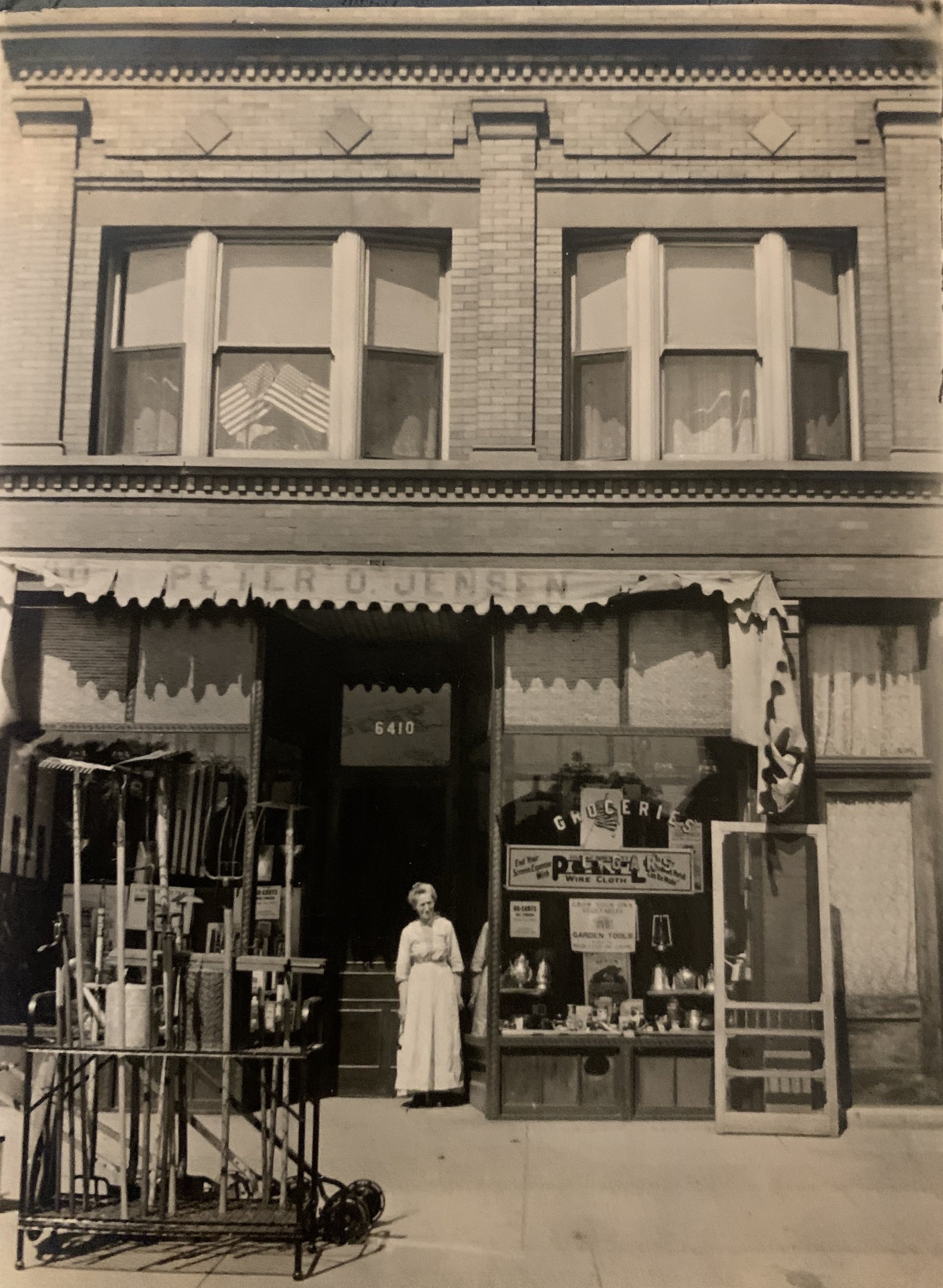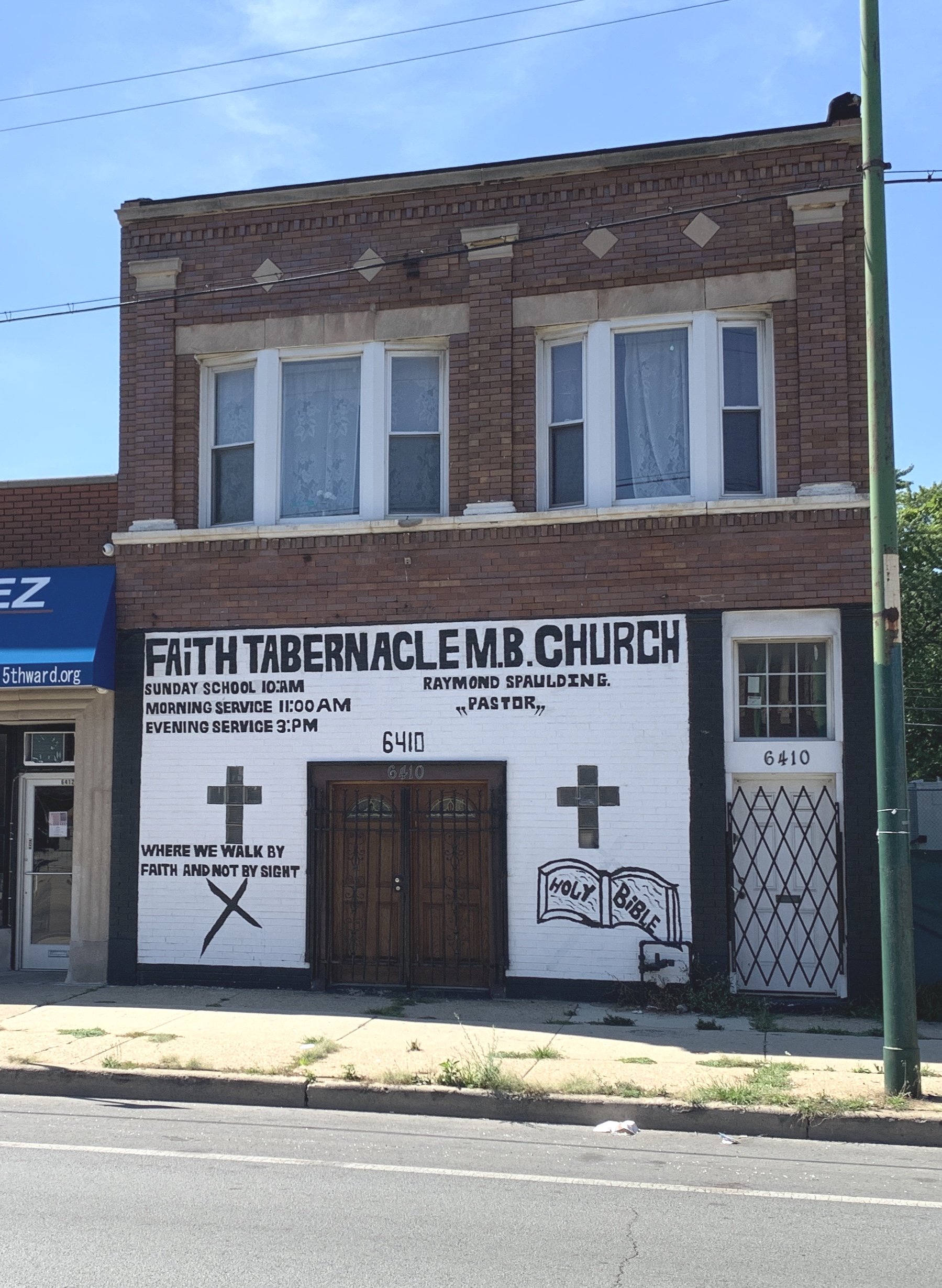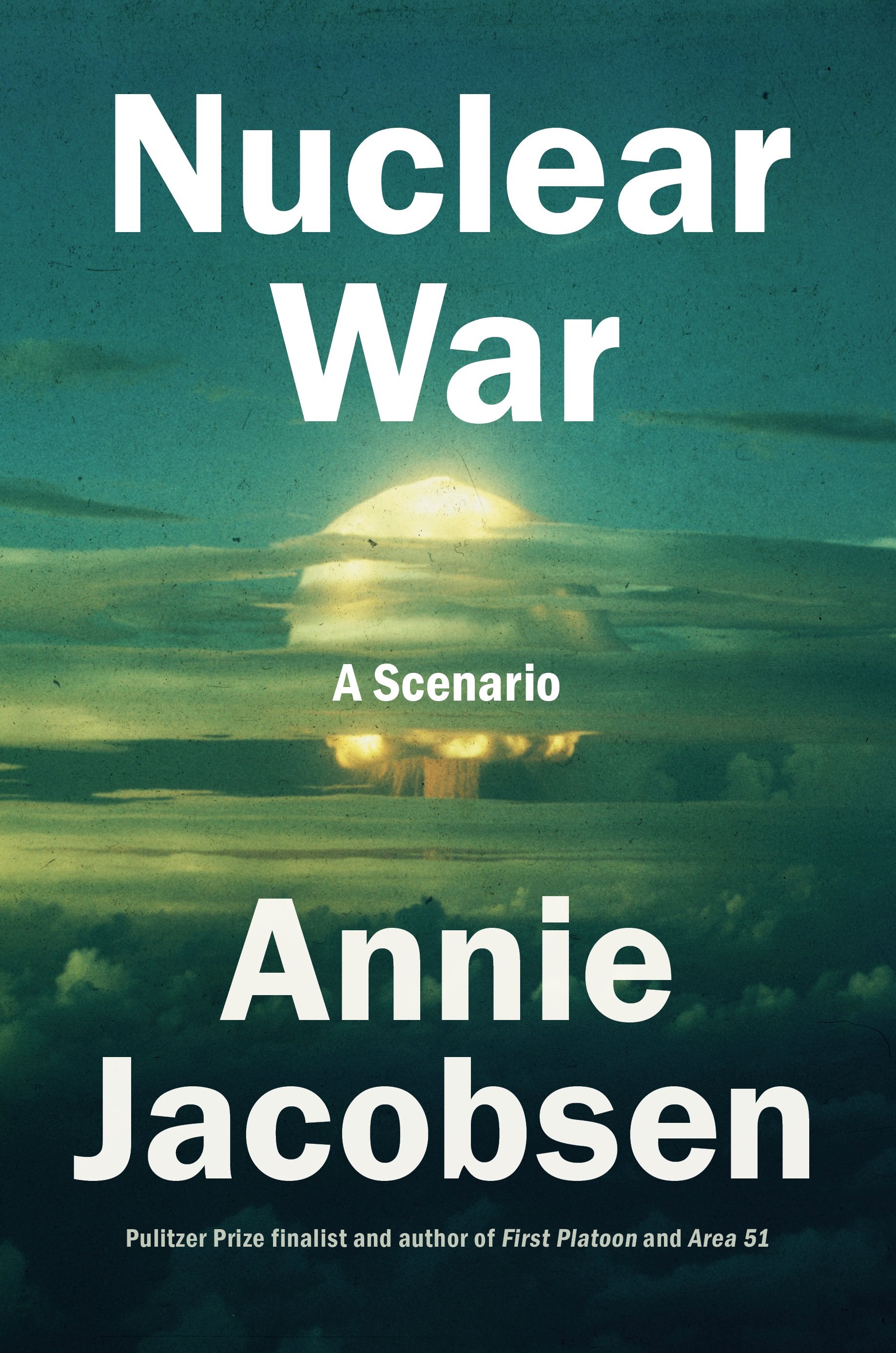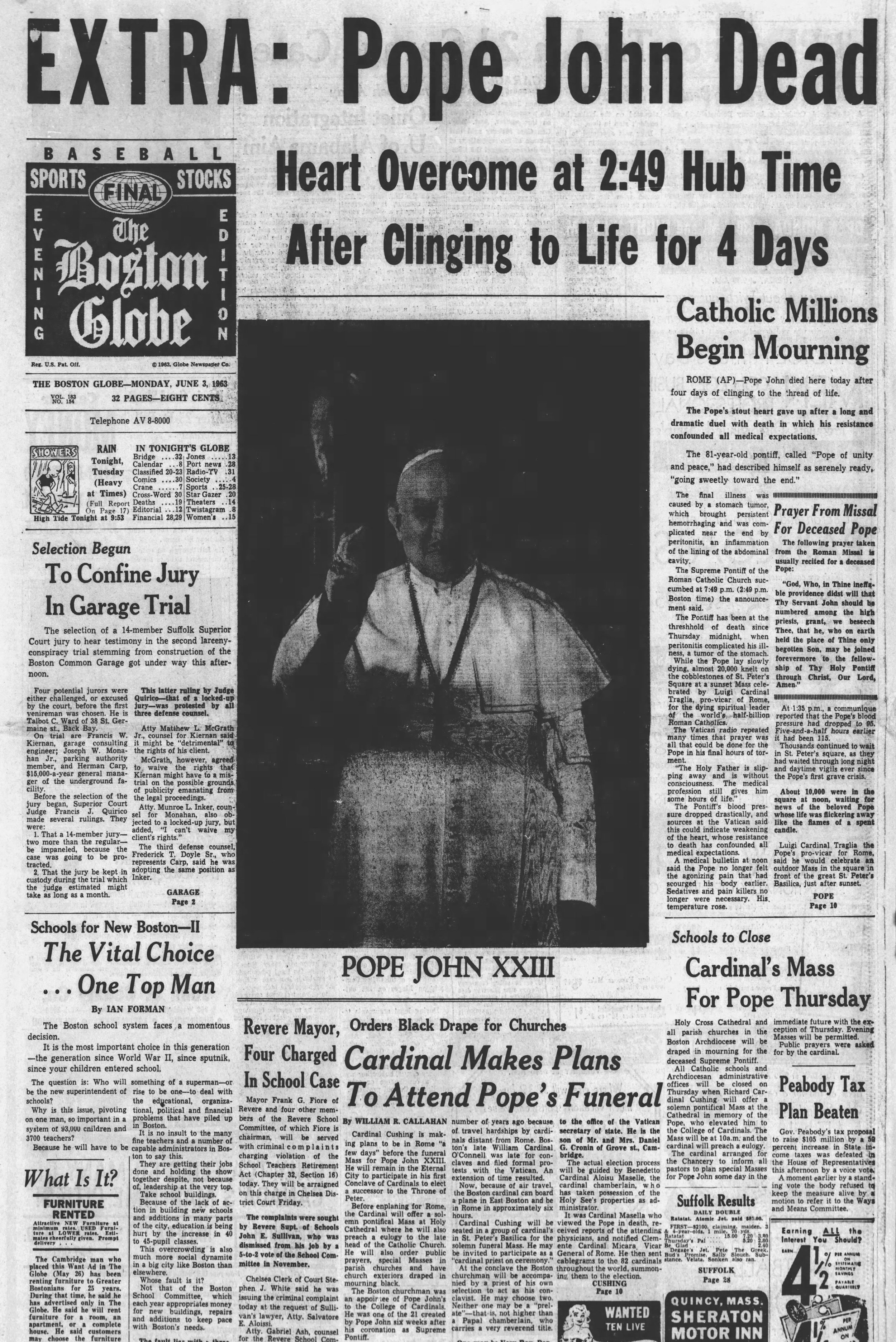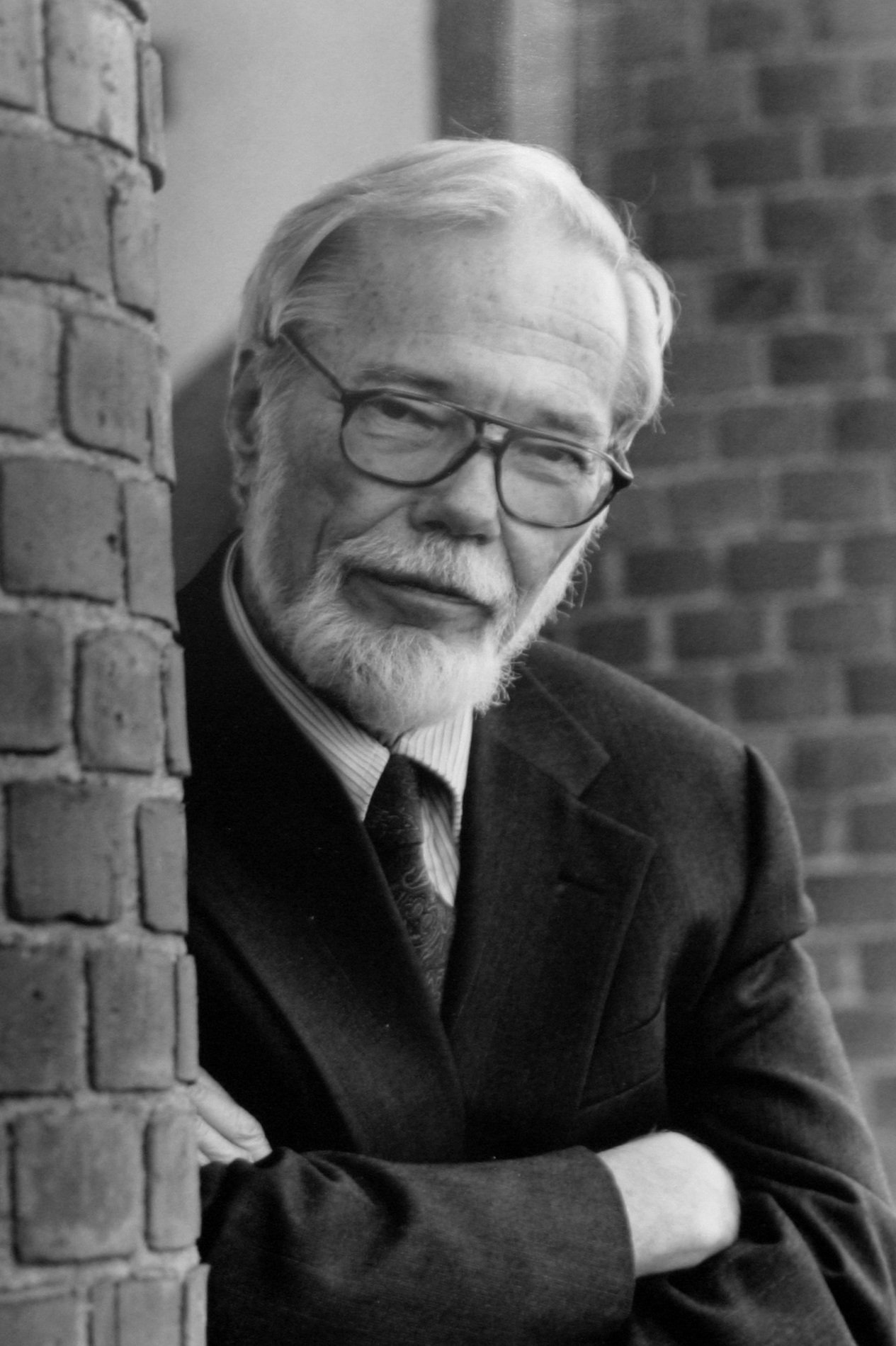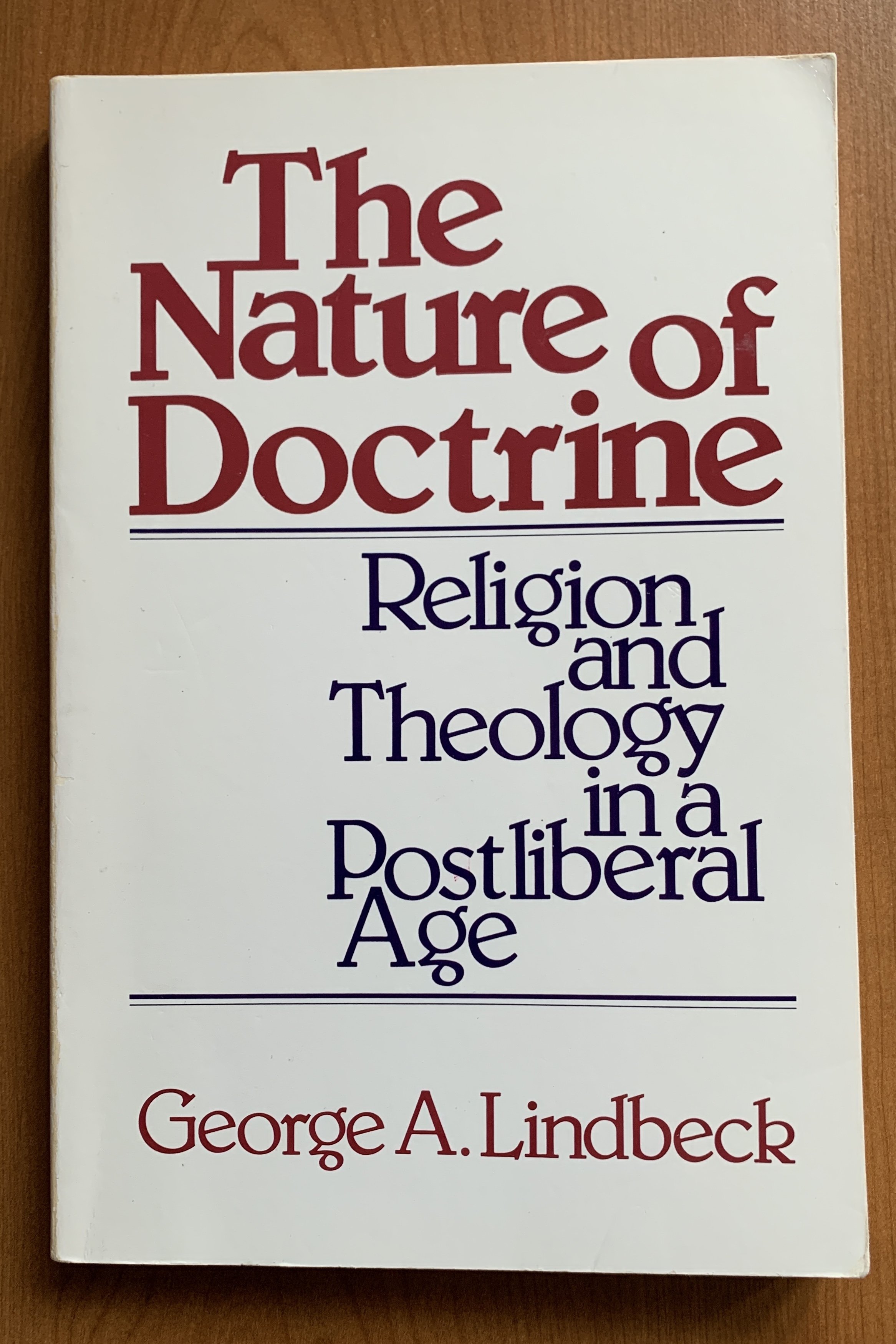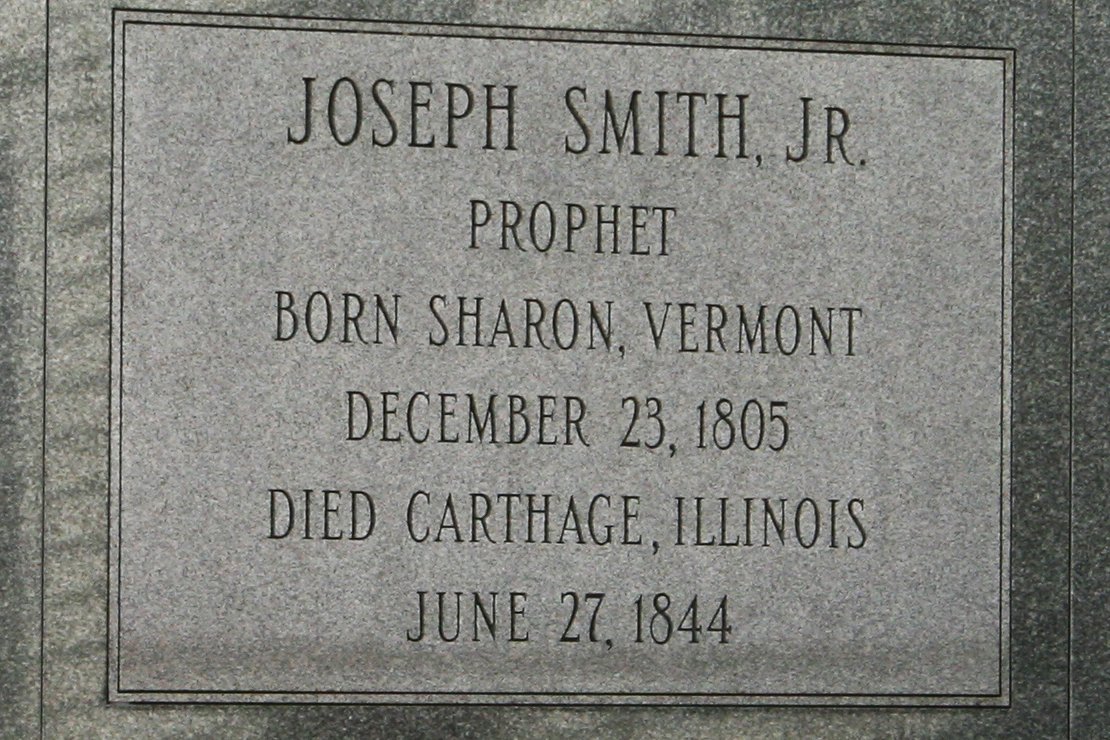By some measures, traditional religion in the United States is dying. Between 1960 and 2010, the seven leading mainline Protestant denominations declined between 50 and 79 percent as a share of the total U.S. population. Among American Catholics, weekly Mass attendance plunged from 55 percent in 1970 to 17 percent in 2020 on the eve of the pandemic. Between 2007 and 2023, the number of religiously unaffiliated adults jumped from 16 percent to 28 percent. Young adults (ages 18-24) were more likely to be unaffiliated, at 43 percent in 2023.
But there are also pockets of vitality where people not only attend church but embrace religion in highly traditional forms. I witnessed such a place recently at Our Lady of the Most Holy Rosary in Indianapolis.
Founded in 1909 as an Italian immigrant parish, Holy Rosary since 1998 has been the home of a community of Catholics who worship according to the “TLM” or Traditional Latin Mass, the liturgy last updated in 1962 but codified centuries ago after the Council of Trent. Since the Second Vatican Council (1962-65), the TLM has been replaced by the Novus Ordo, which is celebrated in English and other vernacular languages.
Why would people choose to worship in a language that most don’t understand? As sociologist Tricia Bruce has shown, it’s not because they miss the old Latin Mass since most attenders are too young to remember the pre-Vatican II rites. Instead, they’re drawn to the mystery of the ritual. One of Bruce’s interviewees, himself a Catholic priest, recalled his first experience with the TLM when he was 19 years old: “When I saw it, I couldn’t believe it! I was dumbstruck!”
The priest at Holy Rosary, Fr. Jerry Byrd, was similarly dumbstruck by Catholic ritual, though he first encountered it in English. As a 16-year-old Baptist growing up in Kentucky, he went with a friend to Mass. He later recalled in an interview on EWTN that the pivotal moment was when he heard the priest say the Words of Institution, “This is My Body.” “That’s when everything changes in my life,” he said. “That’s when I realized what the longing of my heart was.” Soon after, he became a Catholic.
Fr. Byrd went on to seminary at Saint Meinrad in southern Indiana and served several parishes before becoming pastor of Holy Rosary in July 2025. A musician and artist who has designed some of his own vestments, he seems well suited to a parish that so values the liturgical arts.
The day I visited Holy Rosary (July 13) was Fr. Byrd’s second Sunday, so he was still getting to know his flock. Though I arrived 20 minutes early for the 8:30 a.m. Latin Mass, the church was already almost full of parishioners reciting the Rosary. The building’s seating capacity is 350, and by the time the service began, there was standing room only.
Compared to most mainline Protestant congregations, the crowd was considerably younger. The cries of children punctuated the hour-and-40-minute liturgy. Tricia Bruce has noted how the younger clientele in TLM parishes, combined with their strict adherence to Catholic teaching, translates into plentiful children. Women typically feel free to breastfeed during services, something that I too observed.
The ritual was reverent: a sung Mass, with major portions chanted in Latin by the choir. Holy Rosary has a good choir and a fine organ. For the processions, Fr. Byrd donned a black biretta, while many of the women wore chapel veils (head coverings common before Vatican II). The congregation joined in singing two hymns in English, both Protestant (Charles Wesley’s “Love Divine, All Loves Excelling” and Henry van Dyke Jr.’s “Joyful, Joyful We Adore Thee”). A visiting priest from the Congregation of the Holy Spirit (the Spiritans) gave the homily in English about his order’s missionary work.
The highpoint, as in the Middle Ages, came when Fr. Byrd recited the Canon of the Mass, which centers on the consecration of the bread and wine. But unlike the post-Vatican II norm, where the priest stands behind a freestanding altar and faces the congregation, the priest in the TLM faces the front of the altar with his back to the people. It’s known as celebrating the Mass ad orientem (“to the east”).
The TLM also calls for the priest to recite the Canon quietly, in keeping with the medieval custom. The people know he’s saying the Words of Institution only when he elevates the Host (the consecrated wafer) and the chalice. Each elevation is signaled by the ringing of bells, including the bells outside in Holy Rosary’s two towers.
I’ve seen the same ad orientem style of ritual in high church Episcopal parishes and the ringing of the bells always sends a chill up my spine. It’s easy to imagine why medieval laypeople found benefit in simply witnessing the Mass.
But in the years after Vatican II, the TLM acquired a checkered reputation. Ultratraditionalists like the Belgian-American priest Gommar DePauw became a thorn in the Vatican’s side for claiming that the TLM was the only legitimate form of the Mass. Though the conservative Pope Benedict XVI allowed priests to use the TLM if the faithful desired it, his more liberal successor, Pope Francis, established strict conditions for its use, including that priests must obtain permission from the local bishop.
In his new book, Catholic Fundamentalism in America, Jesuit historian Mark Massa argues that DePauw and his supporters naively assumed the Latin Mass remained pure and unchanging throughout the centuries. In reality, Massa rightly notes, the Roman version of the Latin rite often coexisted with other rites and itself had a complicated textual history.
It has long been a fraught question—Can the church evolve?—and it was at the center of Pope Francis’s clash with traditionalists, whom he rankled in 2023 when he remarked that the Latin Mass was “being used in an ideological way” to support “backwardness.” “Even the dogma of the Christian religion progresses, consolidating over the years, developing with time, deepening with age,” he said.
Now all eyes are on the new American pope, Leo XIV, for whether he’ll adopt a more conciliatory policy toward the traditionalists. One conservative prelate, San Francisco archbishop Salvatore Cordileone, has called for just that. “The sense of ruptured unity in the liturgy cannot be healed by simply imposing a new set of rules from above,” he wrote in the journal First Things.
For Leo XIV, the stakes are high. Besides its implications for papal authority and Francis’s legacy, the Latin Mass question has reopened for a new generation many of the contentious issues debated at Vatican II.
Meanwhile, one team of scholars has questioned whether Latin Mass advocates are as seditious as is often assumed. In interviews with TLM attenders before the death of Pope Francis, social scientists Stephen Bullivant and Stephen Cranney found that though they were highly conservative on issues like abortion and Eucharistic doctrine, they generally agreed with the teachings of Vatican II and accepted Pope Francis’s authority.
Clearly, Latin Mass advocacy encompasses a range of concerns, and it’s unfair to paint TLM attenders with a broad brush as schismatics. When I was at Holy Rosary, I wondered how much of their zeal boils down to a simple longing for transcendence in a modern context that seems saturated with ugliness. I sympathize with their desire.
But I’m also a fan of the Catholic ideal of unity. In addition to offering the TLM, Holy Rosary offers the Novus Ordo English Mass. The two communities seem to coexist happily, so how much does it matter if they don’t worship according to the same standard? That’s part of the conundrum that Leo XIV has inherited.
© 2025 by Peter J. Thuesen. All rights reserved
Bibliographical Note
Mainline Protestant statistics from Association of Religion Data Archives, as cited in Christian Smith, Why Religion Went Obsolete: The Demise of Traditional Faith in America (New York: Oxford University Press, 2025), 100-101. Catholic Mass attendance statistics from “Frequently Requested Church Statistics,” Center for Applied Research in the Apostolate; see also the discussion in Ryan P. Burge, The American Religious Landscape: Facts, Trends, and the Future (New York: Oxford University Press, 2025), 109-11. Percentages of unaffiliated adults and young adults from “Religious ‘Nones’ in America: Who They Are and What They Believe,” Pew Research Center, January 24, 2024; and “Decline of Christianity in the U.S. Has Slowed, May Have Leveled Off,” Pew Research Center, February 14, 2025. Tricia Colleen Bruce, Parish and Place: Making Room for Diversity in the American Catholic Church (New York: Oxford University Press, 2017), 145-46. On chapel veils for women, see Emma Cieslik, “Why a New Generation of Catholic Women Is Wearing Chapel Veils,” Religion, Politics, Et Cetera, February 8, 2022. Mark S. Massa, S.J., Catholic Fundamentalism in America (New York: Oxford University Press, 2025), 53-74. Pope Francis quoted in Hannah Brockhaus, “Pope Francis Says Traditional Latin Mass Was Being Used in an Ideological Way,” Catholic News Agency, May 9, 2023. Salvatore J. Cordileone, “Putting an End to the Liturgy Wars,” First Things, May 5, 2025. Stephen Bullivant and Stephen Cranney, “Data and the Traditional Latin Mass,” Catholic World Report, September 3, 2024.
Illustration credits: Holy Rosary Catholic Church, Indianapolis, exterior and interior. Photos by Peter J. Thuesen.







